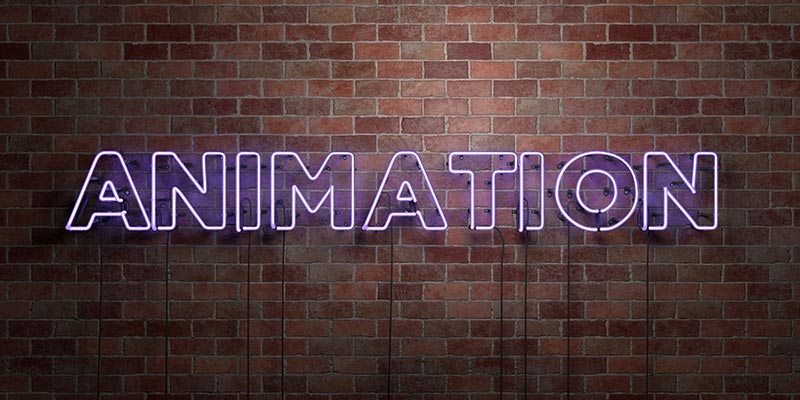One of the exciting areas of development for Virtual Reality is the use of game engines to create Real-time CGI. By using engines like Unity, Unreal, & Lumberyard, we can create a cinematic story and include a VR experience as a part of the story.
Not surprisingly, a group of my students requested a tutorial on how to do just that: create a real-time CGI animation using game engines. For the sake of ease, I’m going to spread this tutorial over several parts and just focus on Unity for the time being because:
1) It’s a long installation and could not be accomplished in one class session;
2) If it was going to take that long to do the process in class, it will probably be easier to work through in parts via a blog/vlog.
This demonstration was inspired by a presentation from Unity’s Unite 2017 – Austin. As the walkthrough is out of date due to awesome advances in the field, my students challenged me to create a version of the tutorial. Challenge accepted.
Software:
I am using Unity 2019.2.6 for this demo. Any version of 2019.2 should work with the plugins that we will be using. Hopefully, it will also work with future versions of Unity as well. When you launch your project, make sure to select a High Definition Render Pipeline as the default project.
HDRP has additional resources and tools available that are not available in the other options that will result in a higher quality (and easier to create) production.

Adding required Plugins:
We are going to need a few plugins to handle cinematics in Unity. Open Unity. Using the Unity menu, open Window > Package Manager

When the Package Manager window opens, click on the In Project or All Packages in the top left corner. If you have In Project selected, it will show the current packages included in your project. All Packages will show all available packages. You will need to add:
Cinemachine
Unity Recorder
Unity Timeline
to add to your project. Select Cinemachine and then click Install in the bottom right corner. Then repeat for all of the packages.
In the version of Unity that I am using, Unity Timeline was already installed.
If you are plan to do post-processing to the project, HDRP has a build-in post-process than is different than the one included in the Package Manager, so DO NOT add Post Production via the Package Manager if you are using the HDRP template.

There should be a small checkmark beside the package once it is installed.
Once you have those four packages installed, close the Package Manager and open the Asset Store panel (the third tab on the middle window). We need three packages from the asset store:
Adam

Standard Assets

Default Playables

All three packages are free and developed by Unity. These will take some time to install and import into the project. Be sure to complete by clicking the import button in the Import Unity Package window that will pop-up to complete the installation process.
That completes Part 1. You should now have everything installed that you will need for the rest of the tutorial. In Part 2 we will build our scene and add animation.
I want to mention that this tutorial was inspired by a presentation by Mathieu Muller at Unite 2017 in Austin, Texas. I have attempted to capture the essence of Mathieu’s presentation and update the processes to version 2019.2 of Unity.
What do you think? Are you interested in seeing more demonstrations like this one? In what game engines would you like to see Real-time CGI tutorials?
Update: I have updated the instructions about post-processing. See our 4th tutorial on Cinematics with Unity to learn more about post-processing.
Here is the first 3 parts of the tutorial on YouTube:
Dr. Burton is a teacher and professor with over twenty-five years of experience, teaching game design, CGI, Information Technology, Computer Science, and MIS.
© 2019 – Brian Burton, Ed.D. MyVRProfessor.com
